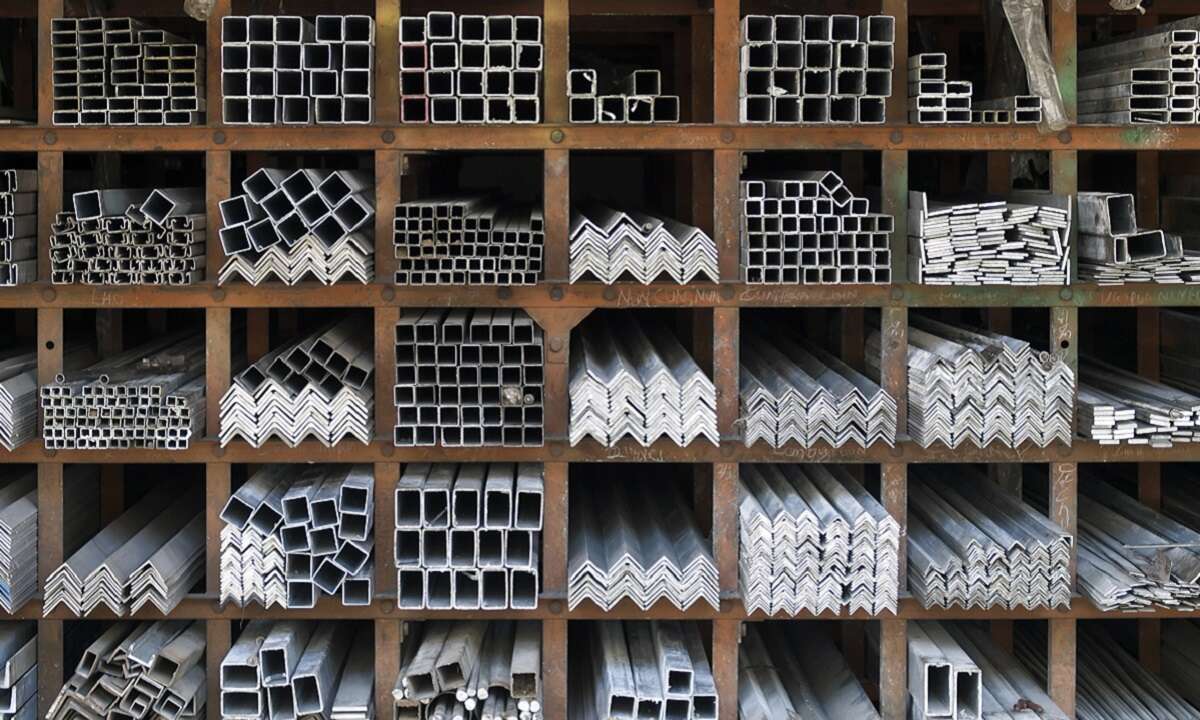Nostalgia can be deceptive. Things always seem to have been better “back in the day”. The truth is, many basic materials were of a superior quality in the 1970s. As the decades have progressed, production techniques and competition have driven down the price of many materials including steel in real terms. And it seems the quality has followed. However, not all is lost. You just need to have a trusted analyzer that can deliver the accurate results you need to succeed.
In some countries, huge tax advantages are offered to manufacturers adding low-cost elements to materials such as steel. The government of one of the world’s biggest alloyed steel exporters supports it with a tax reduction of between three and nine percent.
So why does this matter?
Example: Boron
Adding boron, as most in the manufacturing industry are aware, is one of the most cost-effective ways to make alloyed steel. The main benefit of adding boron to steel is hardenability, where tiny amounts significantly improve hardness. Depending on the type of steel and carbon content, the amount of boron can be as little as 3ppm to make a difference.
When exported though, you’ll often find it called ‘unalloyed structural steel’. The challenge is that it’s not always declared on the certificate of conformance for the raw steel. However, the quality and quantity of boron that’s been added is critical. Problems arise when the amount of boron increases, or when the steel is used for load-bearing structures. If too much boron is present, it segregates from the steel and settles in the grain boundaries, which lowers hardenability, reduces toughness and causes embrittlement.
A simple material mix-up could have dire consequences if boron steel is used in the wrong application. Today’s complex supply chains can make it more likely that boron will end up in the wrong material.
So, whilst someone else might be getting a tax break, you should be doing incoming inspection on the raw material being received to ensure you’re not paying the cost.
In the past, boron has been relatively difficult to analyze. It has low mass, making it hard to detect, and you had to rely on destructive techniques that involved grinding and dissolving samples. Optical Emission Spectroscopy (OES) is a relatively simple technique that allows you to measure the steel directly without extensive preparation or the use of harsh chemicals.

As lighter alloys become increasingly advanced and innovative in their make-up, analyzers will need to be able to detect lots of different elements in much lower concentrations within a single sample of material – to ensure quality is maintained.
The automotive industry for example has very exacting requirements for components – perhaps second only to aerospace. Safety is obviously a huge issue and many components must be ductile to absorb energy on impact. Other components must be structurally rigid, so strength is more critical. This makes the development of new alloys a very exacting science and also means accuracy of test results will really matter.
Example: Magnesium
Aluminium and magnesium alloys have won favour in the industry because they are light, relatively low cost and give many of the properties needed. They can be formed into complex shapes including engine components, gearbox housings and structural parts.
Magnesium is even lighter than aluminium and has the highest strength to weight ratio of all the structural metals. It’s abundant and easily recyclable, so it’s not surprising that since it’s early use for wheels, magnesium has replaced steel and aluminium in housings and space frames and been used extensively in alloys with aluminium. However, magnesium does have a few drawbacks. It’s brittle and doesn’t have the creep resistance of aluminium. Although research teams are working on that.
OES is the technology that will give you accuracy you need. Hitachi’s range of OES analysers are designed for raw material analysis, including the recently launched OE750 that delivers the best performance of any analyser in its class by covering the entire range of metals to the ppm level.
As global competition increases, there’s no doubt that the quality of materials from some areas will continue to decrease. All we can assure you of is that as a producer of metals quality analyzers, there will be no drop-in quality from us.
Ready to find out more?
Download our Metal Analysis guide or schedule a demo of one of our OES analyzers today.
Get in touch